Have you ever wondered where Android phones and tablets are heading in the future and what technologies we should expect? More specifically, how do devices for each big mobile operating system compare to one another regarding hardware specifications, such as screen size, processor, memory, and storage options?
Android has about 80% of the market share for smartphones
Many different companies use the operating system, but Google owns it. The other 20% is divided between Apple iOS and Microsoft Windows Phone OS, each having a small amount.
Google has made many updates to its operating system over the years and will continue to do so. They have also created some new features that make using your phone easier than ever before. One of these features is Google Now, which allows you to get information about an event before it happens or even know where someone is at any given time without asking them directly!
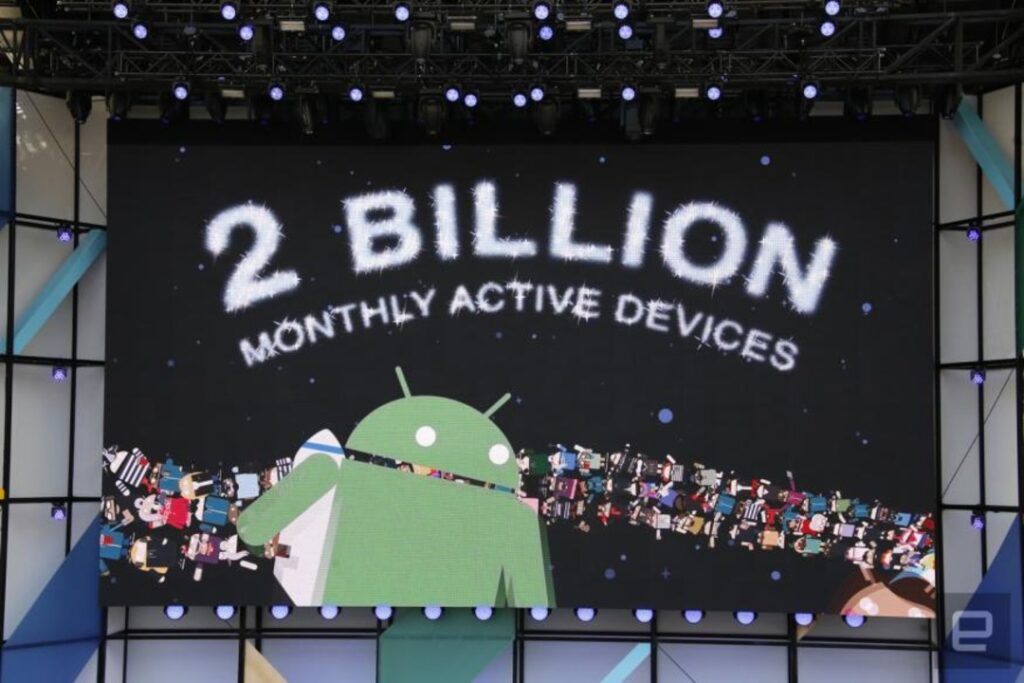
Android Phones Have Open Architecture
The Android operating system is designed to be flexible and open. Android is an open source platform, meaning that anyone with the right equipment can access and modify the code to their liking. This means that developers can create apps that meet their specific needs and make changes to the core system if they want.
This openness has led to a great deal of innovation in hardware and software—and it’s one of the reasons we see so many different phone models on the market today.
Android has over 2B active devices monthly
Android is the most widely used mobile operating system in the world. It powers almost every phone and tablet in existence today. The key to Android’s success is its open source software, which allows developers to use it for free and modify it for their purposes. This has resulted in an overwhelming number of devices with different characteristics and capabilities.
Google released Android as an alternative to Apple’s iPhone OS. HTC released the first Android device in September 2008, but it gained much popularity in 2010 when Google released its Nexus One smartphone. Unfortunately, this device was not a hit because it lacked key features, such as a camera or GPS support (which were later added).
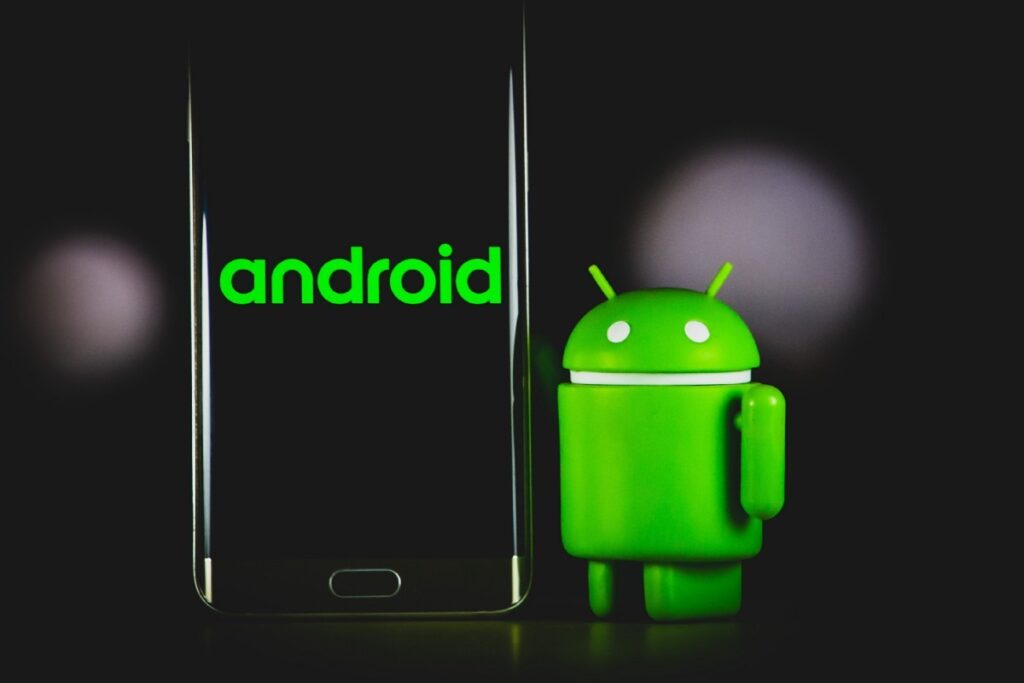
The next major milestone came in 2011 when Google released its update, which brought many new features like multi-tasking capabilities, a better notifications system, and improved user interface design, among other things.
There are over 1.5M apps in the Google Play store
Over 1.5 million apps! And that number is growing every day. There are more than 1.4 billion Android users worldwide. Over half of those users use Android phones as their primary devices for browsing the web and downloading apps.
Android phones have become an integral part of our lives—they’re used by people worldwide to access everything from the latest news to entertainment and games. Businesses also use them to run their operations and engage with customers and employees.
Google’s Material Design is one of the most popular design trends today
Android phones use it as a design guideline, and Android developers use it to make their apps more user-friendly. Material Design helps with consistency across all devices, which makes it easier to use an app on multiple devices. It also helps with a performance by ensuring that apps load quickly and run smoothly on any device installed.
Conclusion
This report has been written to give Android and iOS developers a thorough understanding of the current situation, including detailing the features that have been developed and those that are still being worked on. It will help you make an informed decision when it comes to deciding which platform to develop.

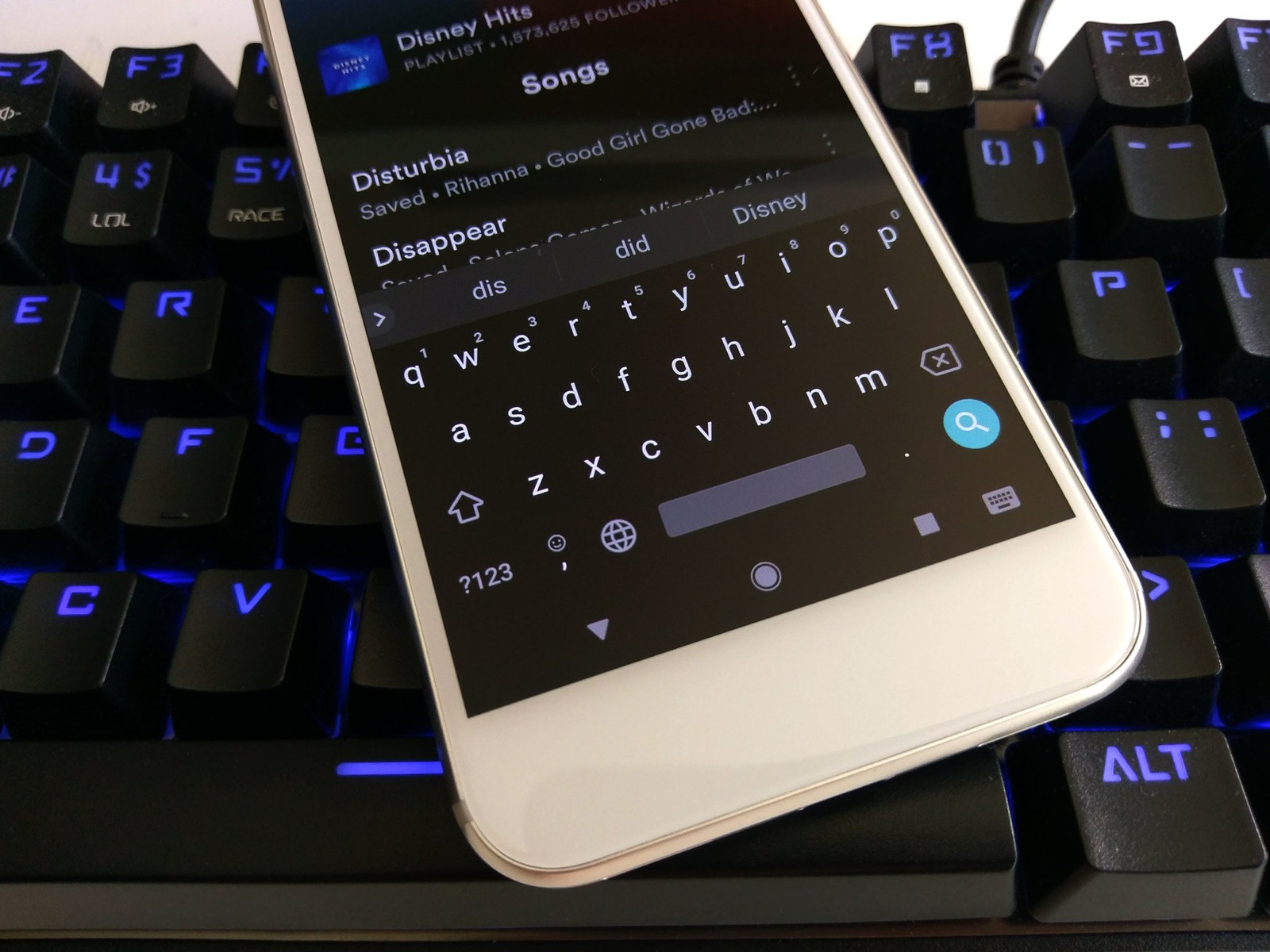
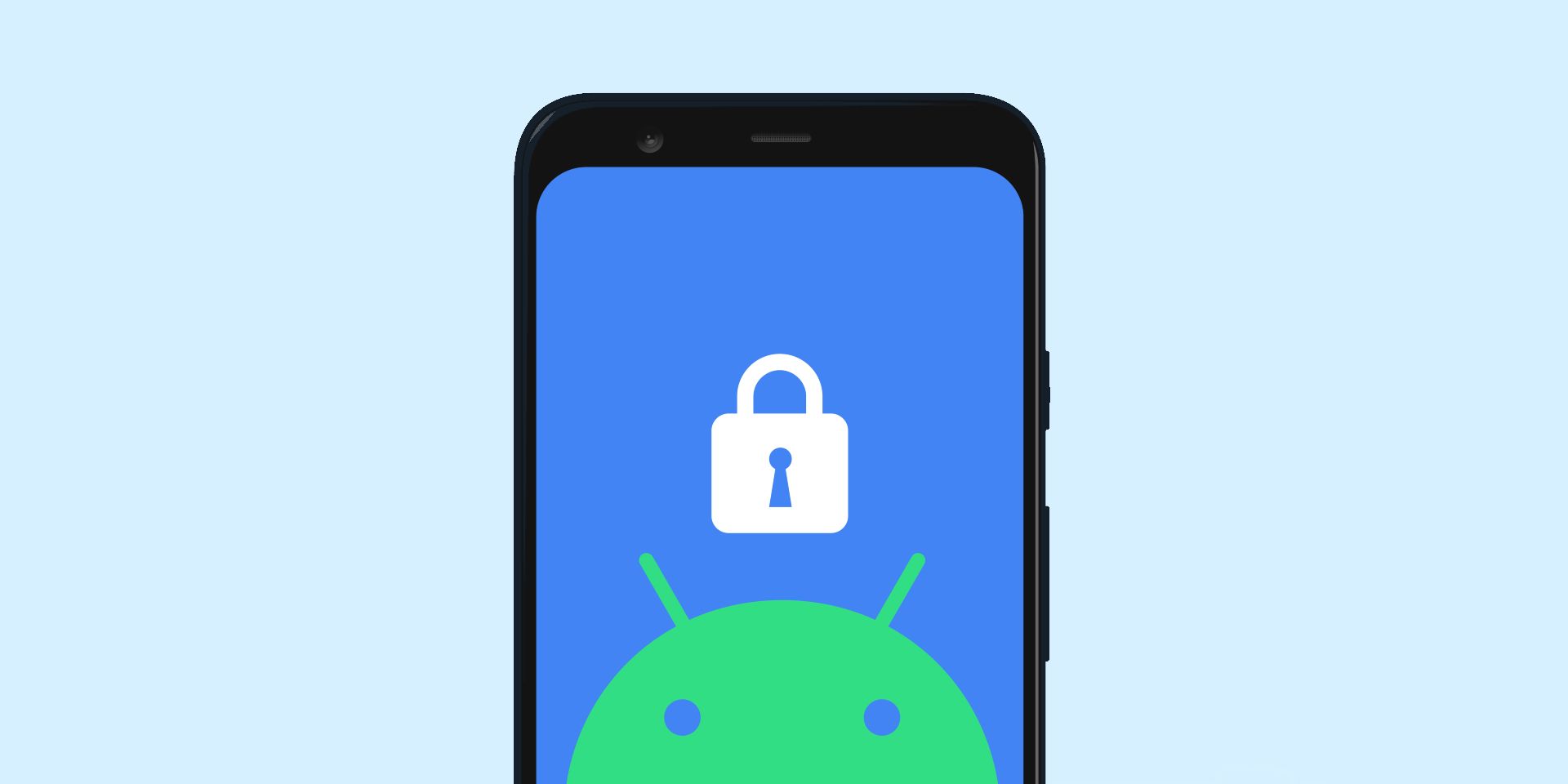
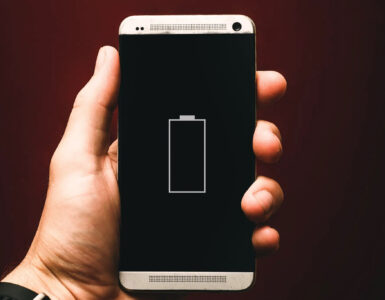
Add comment